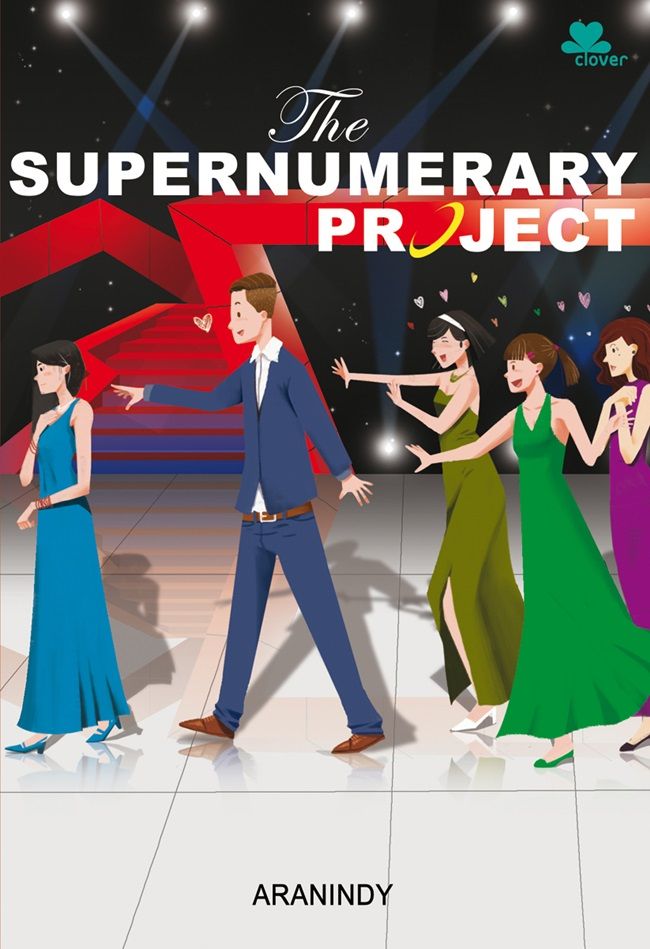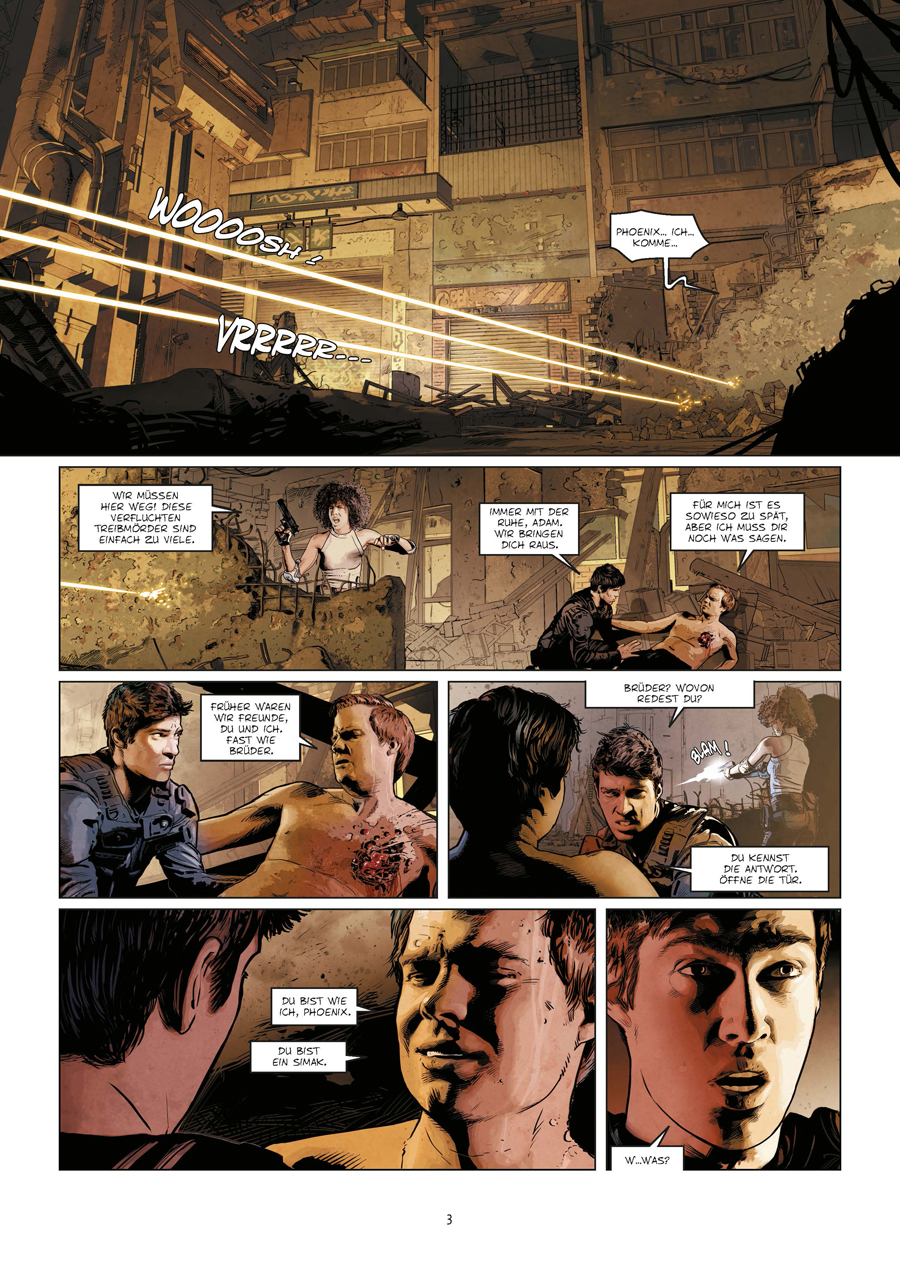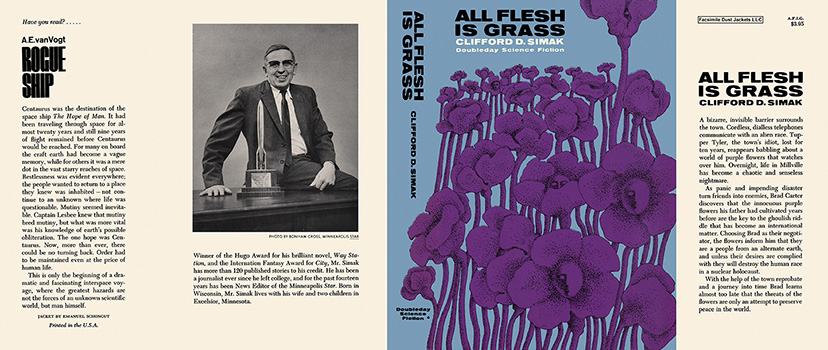

The third tale, Census, tells of what happens to the Websters in the next generation, with the arrival to their home of Richard Grant, an enumerator. The only problem is that to save his friend has to leave his house and travel to Mars. Webster is the only human able to operate on Martian philosopher Juwain, his close acquaintance.

The Second Tale, also called The Huddling Place, tells of the psychological effects of this change, where people, personified by the Webster Family, and comfortable in their own surroundings, become increasingly isolated and agoraphobic.

Gramp decides to stay but watches as his neighbours, faced with relatively unlimited space and easy to gain foodstuffs, leave the cities and move to live in small rural enclaves, self-sufficiently producing what they need for their communities. Of the interconnected stories, The First Tale sets up the other stories by telling of Gramp Stevens, one of the few people left behind in the decaying cities of America. Campbell Memorial book after his death in 1971. Published in 1973, much later than the rest of the City stories, it was written as a tribute for the John W.

Simply, it is a set of eight interconnected stories (or in some cases, nine.) In the Open Road Media e-edition, unlike the Gollancz print edition, I’m very pleased to say that they have included Cliff’s ninth and so-called ‘final’ City story, Epilog. Then each family circle gathers at the hearthstone and the pups sit silently and listen and when the story’s done they ask many questions: ‘These are the stories that the Dogs tell when the fires burn high and the wind is from the north. And yet I still really don’t know why, but maybe this review will shed some light on that. These days, thirty-odd years on, City is one of my Simak favourites: more than that, it is one of my all-time favourites. The added points to the 2011 review, based on the 2015 re-read, are in bold.) (And I’ve re-read this again in July 2015 with the release of the Open Road Media e-edition. To my younger self, City was a bit of a puzzle on first reading. (Mark Charan Newton has since referred to it as ‘rural SF’, which sorta works.) Instead of Star Wars bang-whizz action, we have pastoral introspection, Waltons-style homily and self-depreciating humour.Īnd in City in particular we have robots, ants and dogs. At first I wasn’t sure about it – it wasn’t spaceships and action, but instead a much more subtle and gentle SF. Clifford/Cliff Simak is an author I first came to when I was a teenager in the late 1970’s and early 1980’s.


 0 kommentar(er)
0 kommentar(er)
